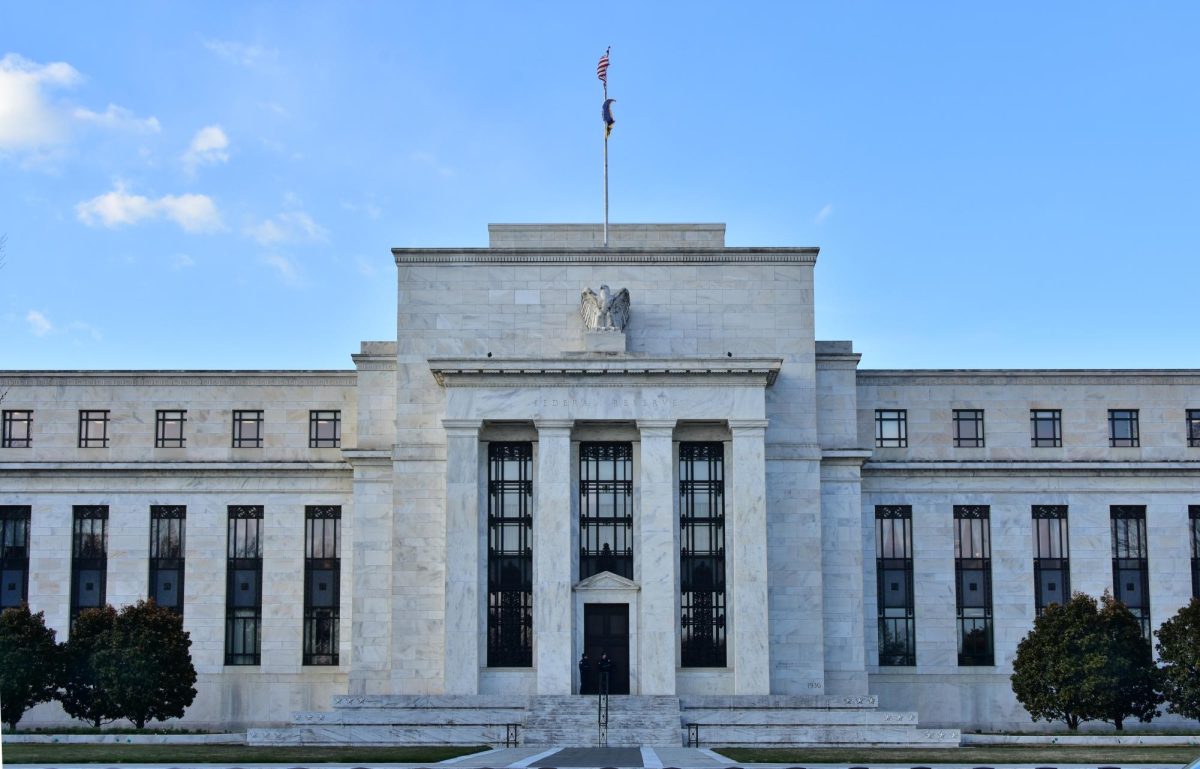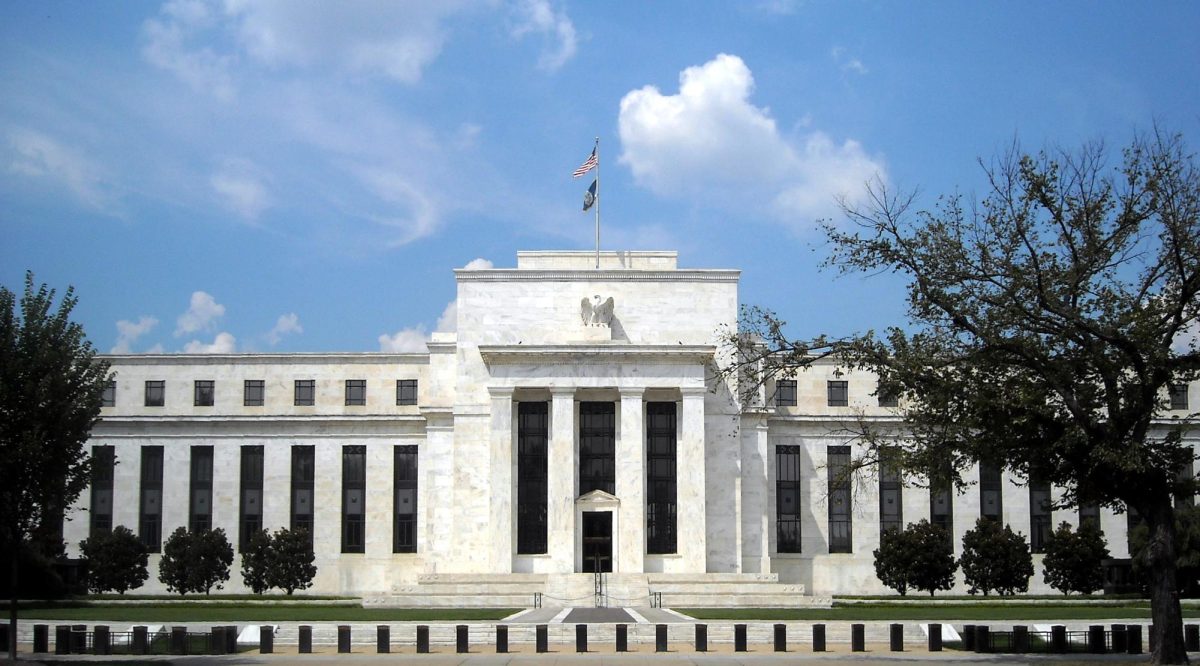The Federal Reserve’s next annual meeting will take place from Nov. 6 to 7, where the Federal Open Market Committee will announce decisions on monetary policy and the federal funds rate.
The FOMC said in a September statement that it is committed to supporting maximum employment and returning inflation to its 2% objective. During the upcoming meeting, the FOMC will review crucial economic data, which could potentially include the Consumer Price Index, the Personal Consumption Expenditures Index and both September and October job reports.
Currently, the committee is open to continuing the trend of cutting federal interest rates. However, the specific number of percentage points and the implementation timeline remain unclear. If the unemployment rate continues to rise significantly while the PCE index stays around 2 to 3%, it may prompt the committee to consider a larger rate cut.
The most recent PCE data shows a decrease from 2.5% in July to 2.2% in August, although the core PCE price index, which excludes food and energy, showed an increase of 0.01%. During the same period in 2022, the index peaked at 7%, which may have forced the Fed to aggressively raise lending rates.
Jerome Powell, chair of the Board of Governors of the Federal Reserve, describes the rate cuts as a “recalibration” of policy to align with current economic conditions. For consumers, lower interest rates translate to reduced borrowing costs on mortgages, car loans, and credit cards, but they also mean lower returns on savings for those relying on interest income.
The Fed is also expected to address inflation, which has eased in recent months. The Fed combats inflation through quantitative tightening, which involves slowly reducing holdings of U.S. Treasury securities and agency mortgage-backed securities. This process began in May, when the Fed set a rollover cap at $25 billion per month, down from $60 billion previously. Essentially, the agency will reinvest only the amounts exceeding the cap on maturing Treasury securities. MBS are now capped at $35 billion per month. Any excess will be reinvested in Treasury securities to maintain the composition of outstanding Treasury securities.
In its September meeting, the FOMC announced a half-point cut of the federal lending rate, bringing it down to about 4.75%. The September cut was expected to initiate a series of rate reductions over the next one to two years. Based on recent data from the Bureau of Labor Statistics, last month’s rate cut stimulated the labor market and started a process that stabilized the unemployment rate.
The research showed a subtle change, with nonfarm payroll employment increasing by 254,000. However, the report’s results are affected by Hurricane Helene and Milton, as well as the Boeing Co. strike. Looking ahead, the Fed may continue to decrease the lending rate, but this process could take up to a year to fully unravel.














